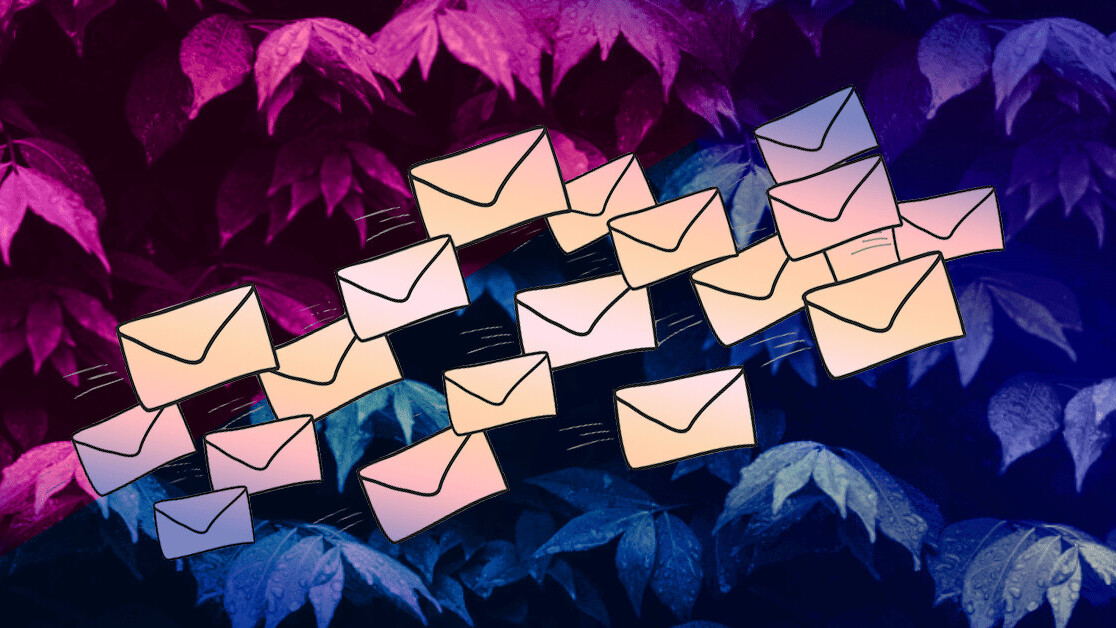
I hate emails with all my being. They’re a pain to write, incredibly annoying to read, and at a time where most internal communication is done using messaging apps, they feel incredibly superfluous.
But, whether I like it or not, emails are unlikely to go away. In fact, I imagine we are all noticing an uptick in our inboxes as a result of the coronavirus pandemic.
So, how exactly do we go about dealing with this?
Last year, I shared five tips to help you get to inbox zero but today I want to go one step further and share my advice to help you manage your inbound emails as let’s face it, you’re probably settling in to work from home until further notice.
Take control
The most frustrating thing about emails is that you have no control over how many you get a day or who sends them. As I write this, I can see there are over 70 emails sitting in my Inbox, none of which I instigated.
If you too work for a company that uses internal communications tools such as Slack, and if your job doesn’t rely on incoming or outgoing emails, you’re in an incredibly privileged position because you can afford to ignore your inbox.
I realize this may sound scary, but it doesn’t have to be. It’s all about balance!
Strike the balance
Imagine this scenario: You’re in the midst of writing a report. An email notification catches your attention, you stop what you’re doing and immediately click to read.
This email requires you to not only reply but also send a few internal messages to check up on the status of a project. Once your colleagues reply, you have to review several assets and then send these to your client.
By the time you’ve done this, it’s plausible that you’ve completely forgotten about what you were doing previously and what’s worse, lost your train of thought.
Emails are distracting, there’s no doubt about this. With this in mind, I’d recommend you limit the amount of time you spend reading and replying.
To do this properly, you should think about how you work and what requires your attention and when.
Set yourself a schedule and decide when you want to deal with inbound inquiries. You could, for example, make a point of just checking your emails first thing in the morning and an hour before you log off for the day.
It should be easy for you to adhere to this schedule, provided that you don’t encounter any emergencies that require your immediate attention.
Making it work for you
The great thing about technology is that you don’t have to do this alone. There are plenty of tools you can use to help you make emails work for you.
For example, Adiós offers a free tool for Gmail (and other Google-based inboxes) that lets you hide your incoming emails until set times, depending on your needs.
It actually recommends you pick three different time slots every day, but you can even set your incoming emails to arrive once every hour.
If you need to keep an eye on emails from a specific person, you can add senders whose messages you need to read as soon as they arrive, and emails sent from non-registered addresses can be checked by using the “Deliver emails now” button.
Be disciplined
Boomerang is another great Gmail-based tool. It allows you to write an email and schedule it to be sent automatically at a later time — again it’s about making emails work for you and not you slaving to keep up with your inbox.
It’s super easy to use. Just write the messages as you normally would, then click the ‘Send later’ button.
You can also set a reminder if no one replies, or to help you combat the fear of not responding to someone.
Peace of mind
I’ve been using Mailtrack for several years and couldn’t be happier.
You can download the chrome extension for free and plug it into your Gmail-based email account to track when your email is opened.
The free version will be good enough for most people as it will give you unlimited email tracking, but if you want greater insight around, for example, full email metrics, or daily reports, then you should consider getting a premium subscription.
Knowing that the recipient has read your email will give you peace of mind and help you move on to other tasks without constantly refreshing to see whether someone has replied.
This isn’t an exhaustive list but I hope it helps you manage email anxiety and work in a more efficient way.
Get the TNW newsletter
Get the most important tech news in your inbox each week.



